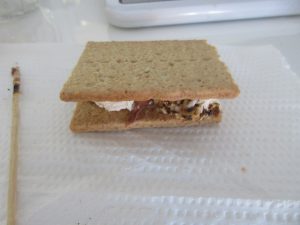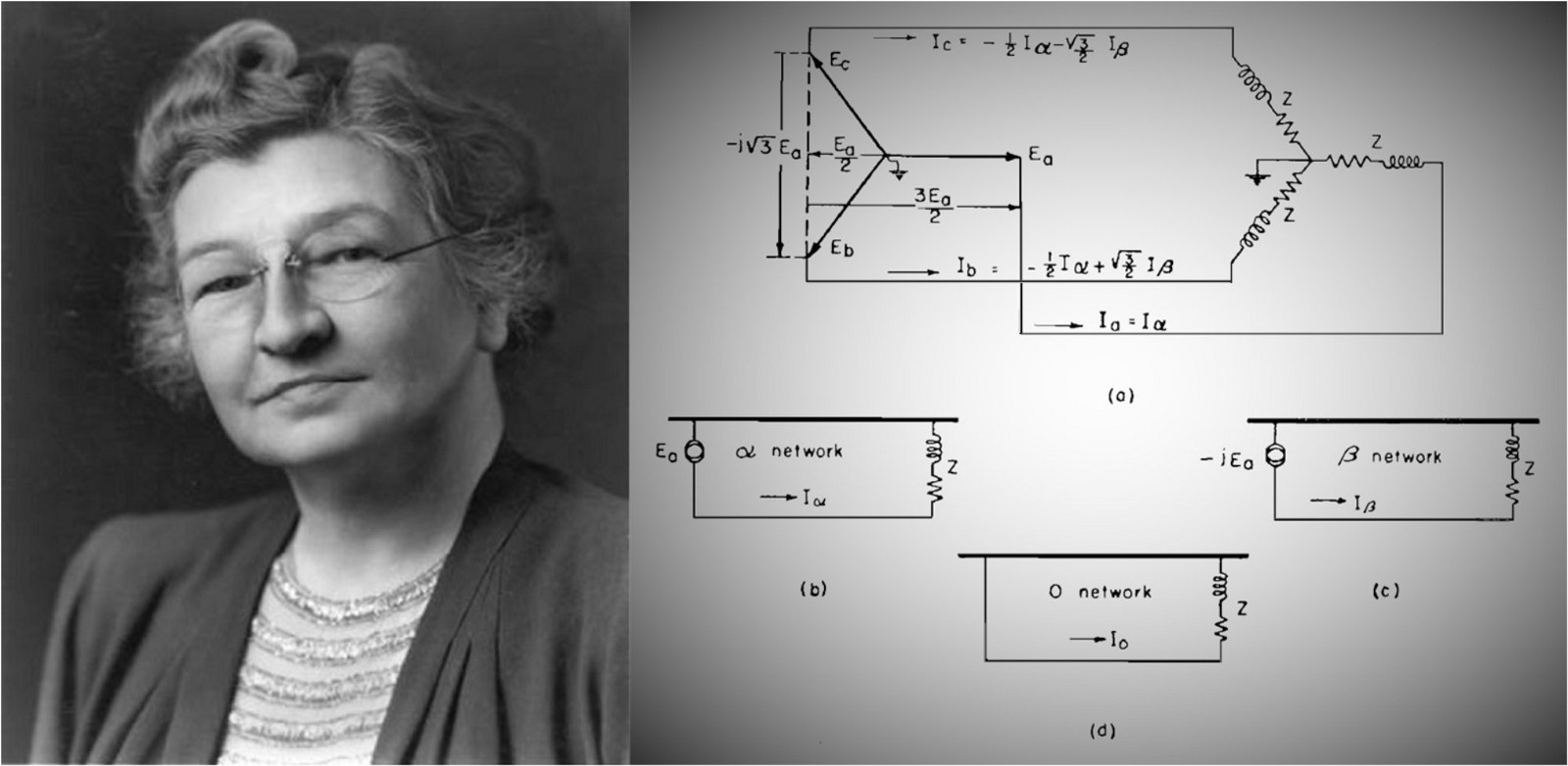On the 15th of May 2019, I took the AP Macroeconomics exam with my five other friends. I sat the exam for 2 hours and 30 minutes and it was nerve-racking. The content did not scare me but I’m just not sitting well with tests. I love learning about economics on how people and the country make choices based on the resources that they have. I could say that taking AP classes is fun but not taking the exam itself.
Throughout the lesson, it had enhanced my understanding of the country decisions in partnering and trading at a global level to boost the economic growth as well as the strategies that economists used to solve the problems of high unemployment and inflation. I struggled to understand t-accounts or bank balance sheet at first but after seeking out my facilitator helps and using online resources such as video by Mr. Jacob Clifford, I was able to grab the content. Before the exam, my class took two practice exams to help us stimulate the whole experience and to get used to the timing. It was one of the fun and challenging time since I was the only girl in the class.

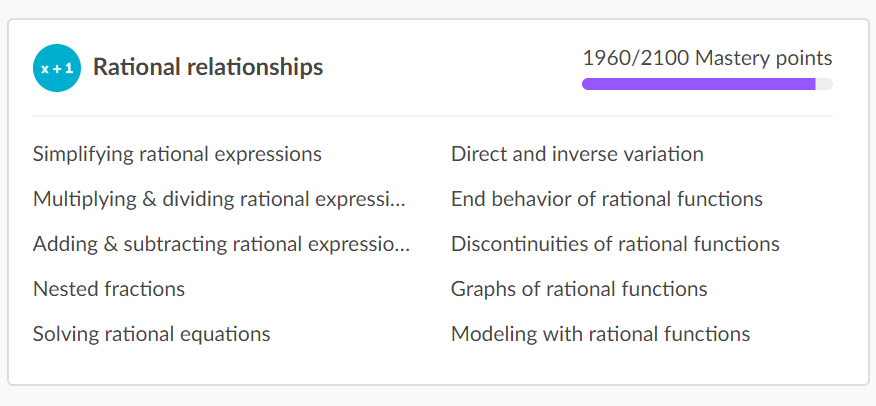
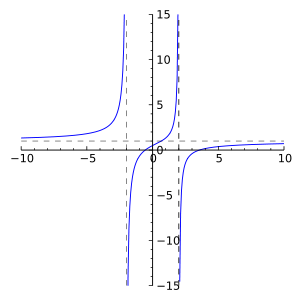


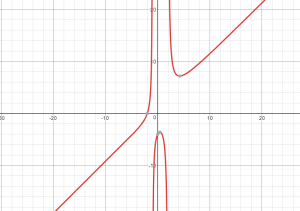
 Most of us might have already heard of this elegant ship that got struck by the iceberg and sank into the Atlantic ocean in 1942, which killed more than 1,500 people. The main reason which causes this largest ship to sink is that of its watertight compartments—which engineers believed could never flood ship—didn’t get sealed and had filled up with water; this led the ship to tilt to one side and eventually sink.
Most of us might have already heard of this elegant ship that got struck by the iceberg and sank into the Atlantic ocean in 1942, which killed more than 1,500 people. The main reason which causes this largest ship to sink is that of its watertight compartments—which engineers believed could never flood ship—didn’t get sealed and had filled up with water; this led the ship to tilt to one side and eventually sink. 